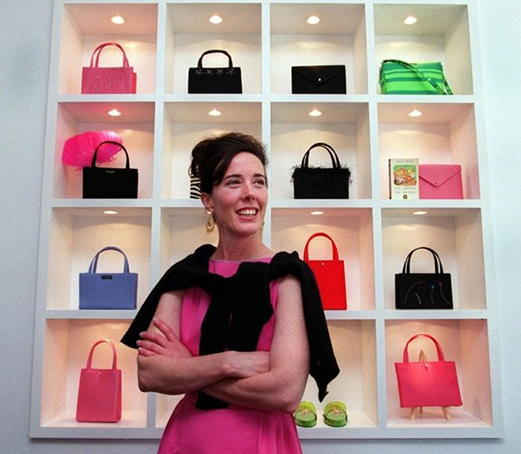 My husband often says that society should advance in the direction where we move from having independent individual style to wearing uniforms. This is his radical solution to over-consumption, pollution (the fashion industry is second largest polluting industry) and time-wasting vanity.
My husband often says that society should advance in the direction where we move from having independent individual style to wearing uniforms. This is his radical solution to over-consumption, pollution (the fashion industry is second largest polluting industry) and time-wasting vanity.
The suicide, earlier this week, of fashion designer Kate Spade, who was known for her quirky handbags that radiated joy, caused me to reflect on his farfetched, terribly restrictive and boring suggestion. We have been culturally brainwashed to associate mental illness with mental institutionalization only and to see illnesses like depression and anxiety as personal, over-reactive, temporary phases. So, when people succumb to the illness as did Spade, but don’t fit these specifics, it shocks us to our core. It makes us examine how easy it is to temporarily mask issues, how we scrutinize our image based on the way the world sees us and the interconnection of our personal consumption and sartorial choices as they relate to our present mental state.
To most people Spade would have appeared to be happy, someone who had it all, based on the optics of her life. Given her successful business, family, and beautiful home, mental illness would be difficult to fit into this lifestyle perfection. In an industry that is built around selling a fantasy and desirous dreams, it not difficult for anyone to picture why some feel unable to seek help, stressed to keep up appearances or would question their illness as it relates to their achievements.

